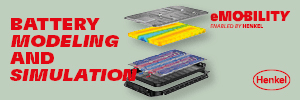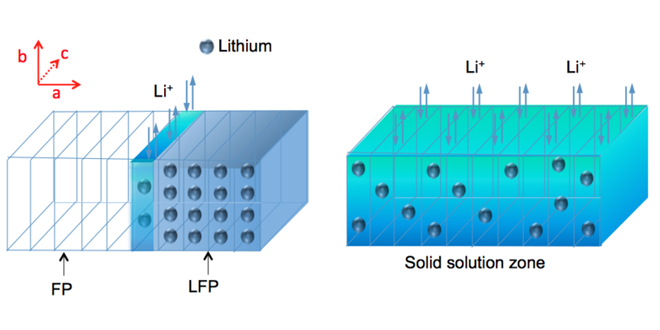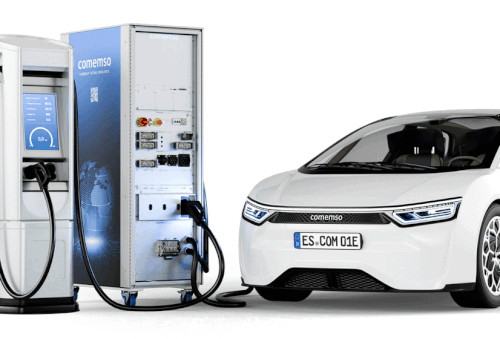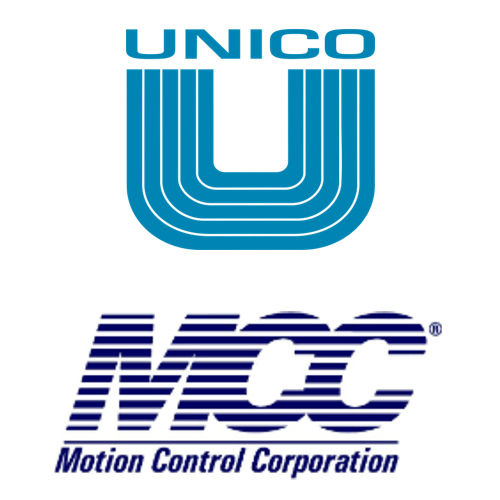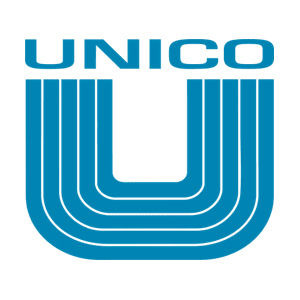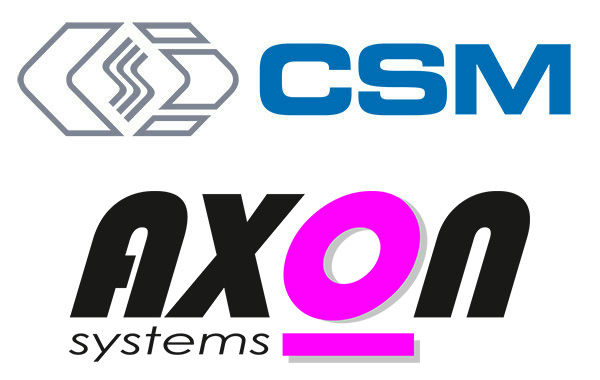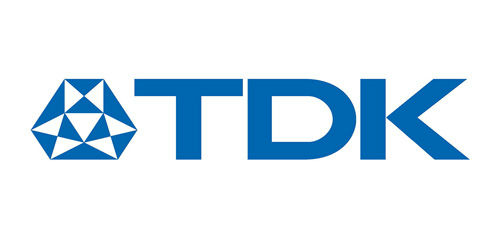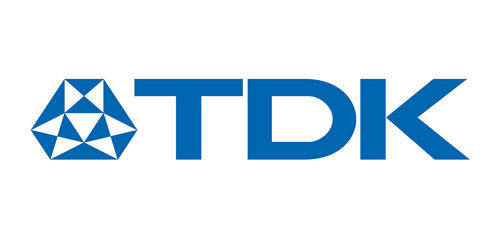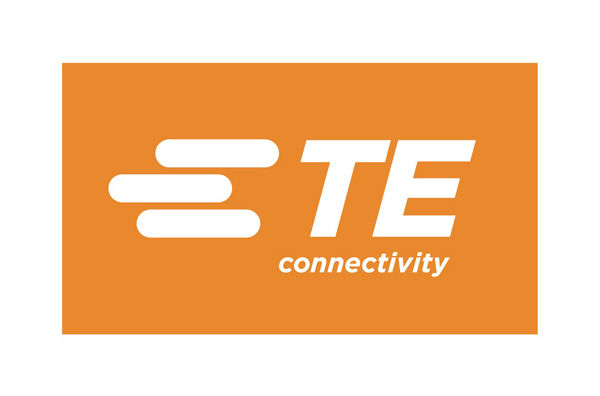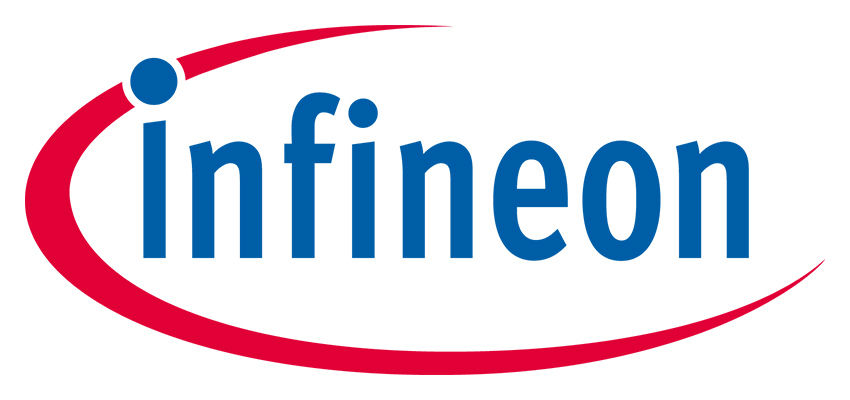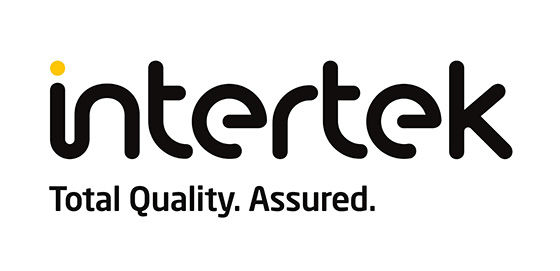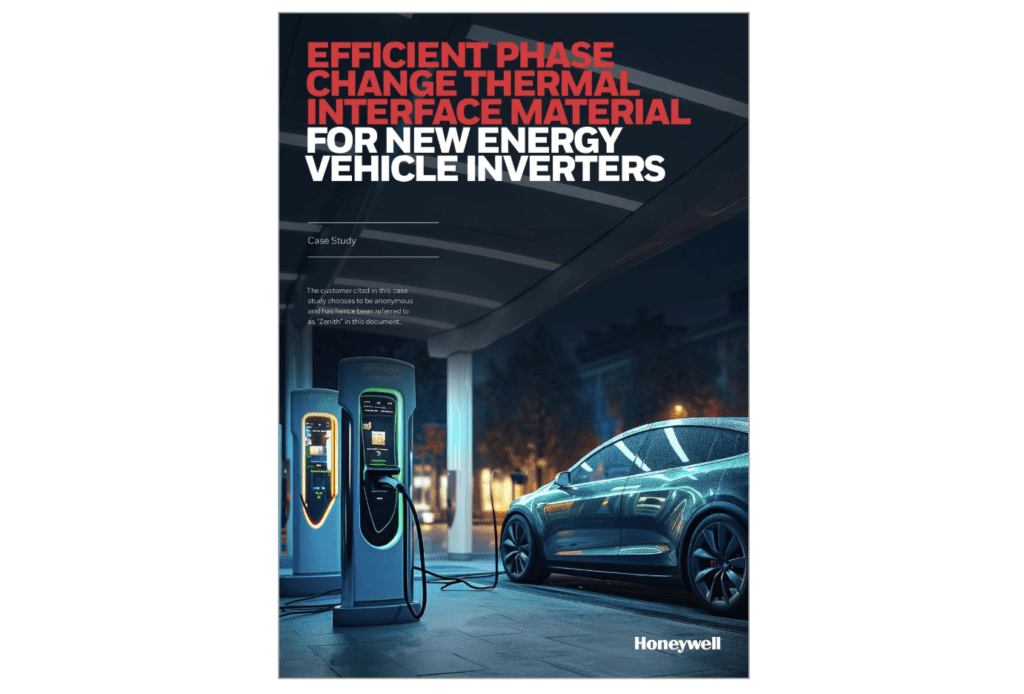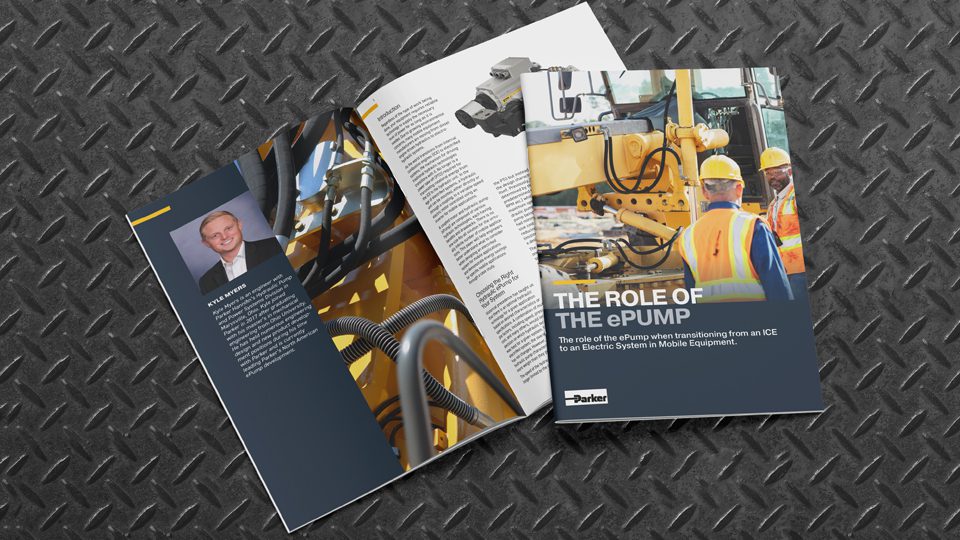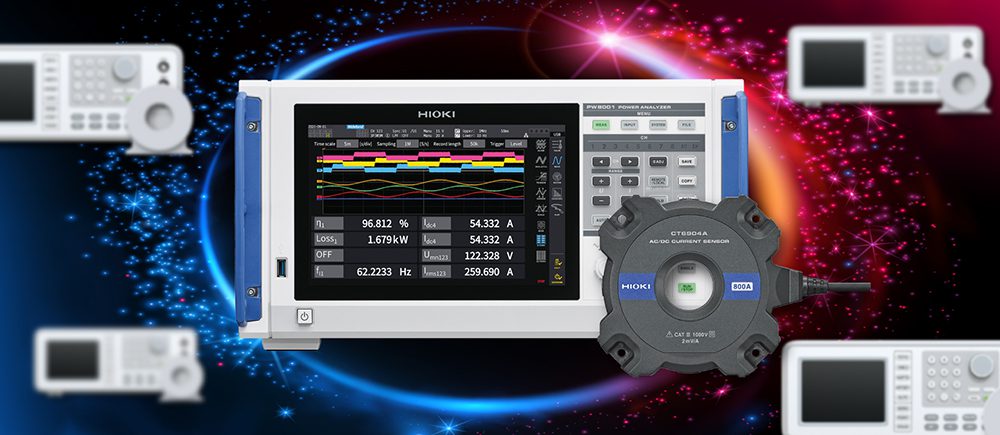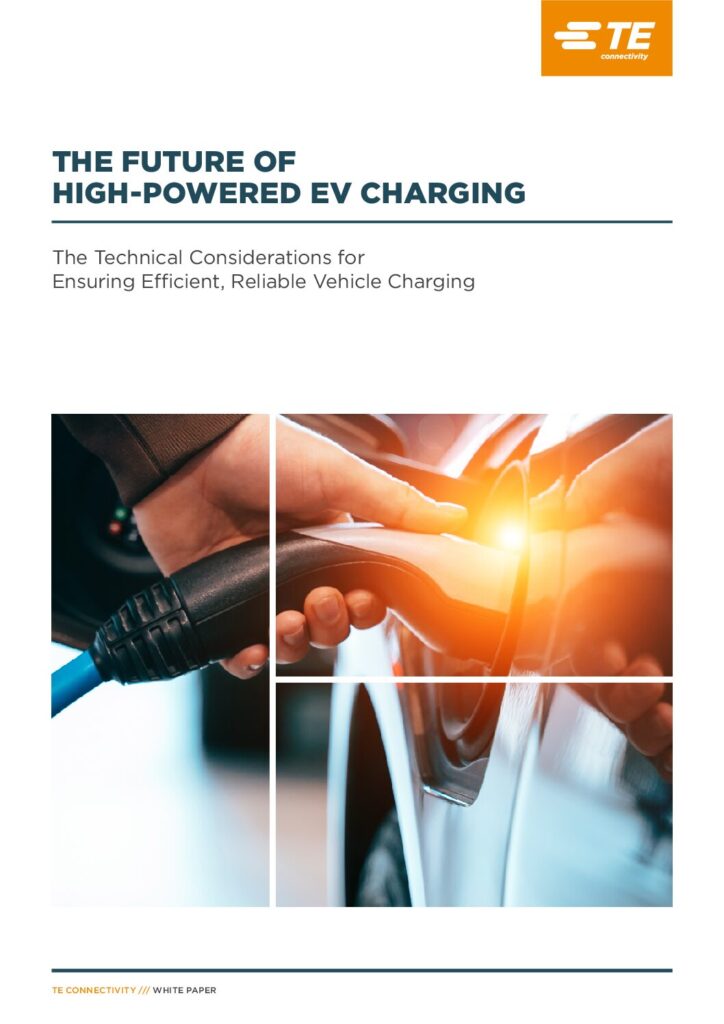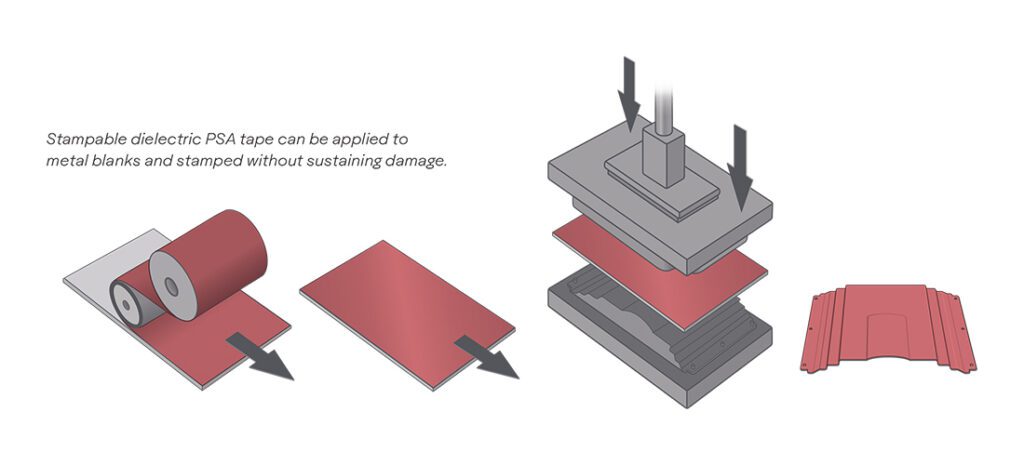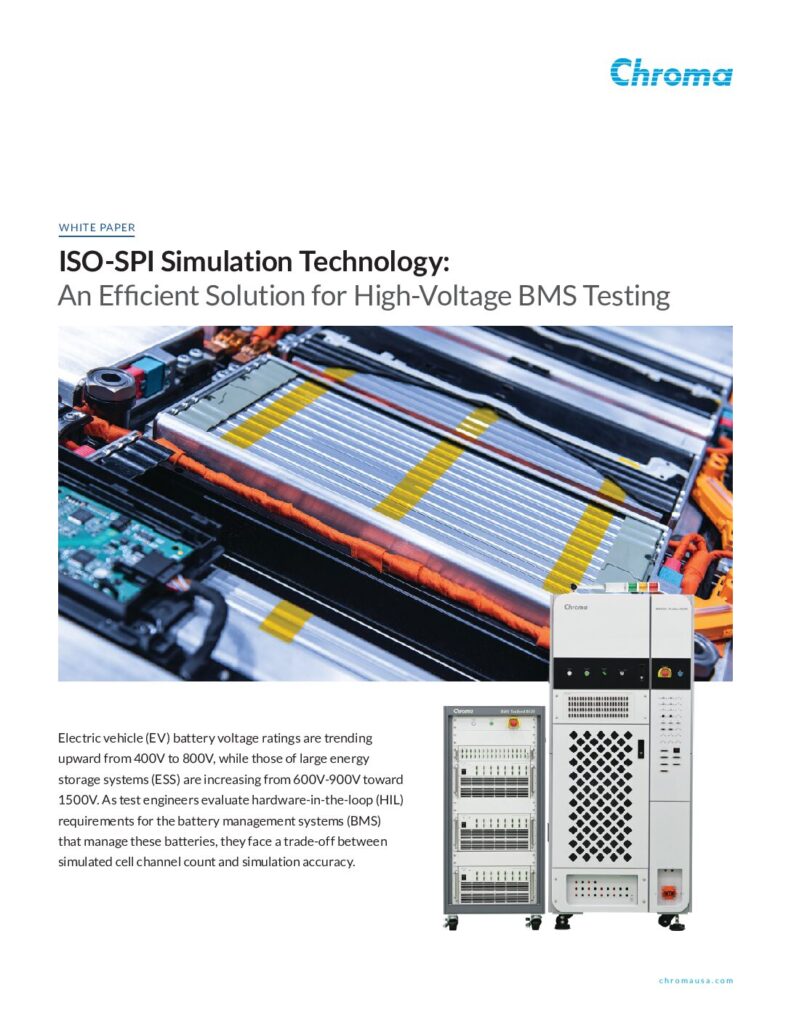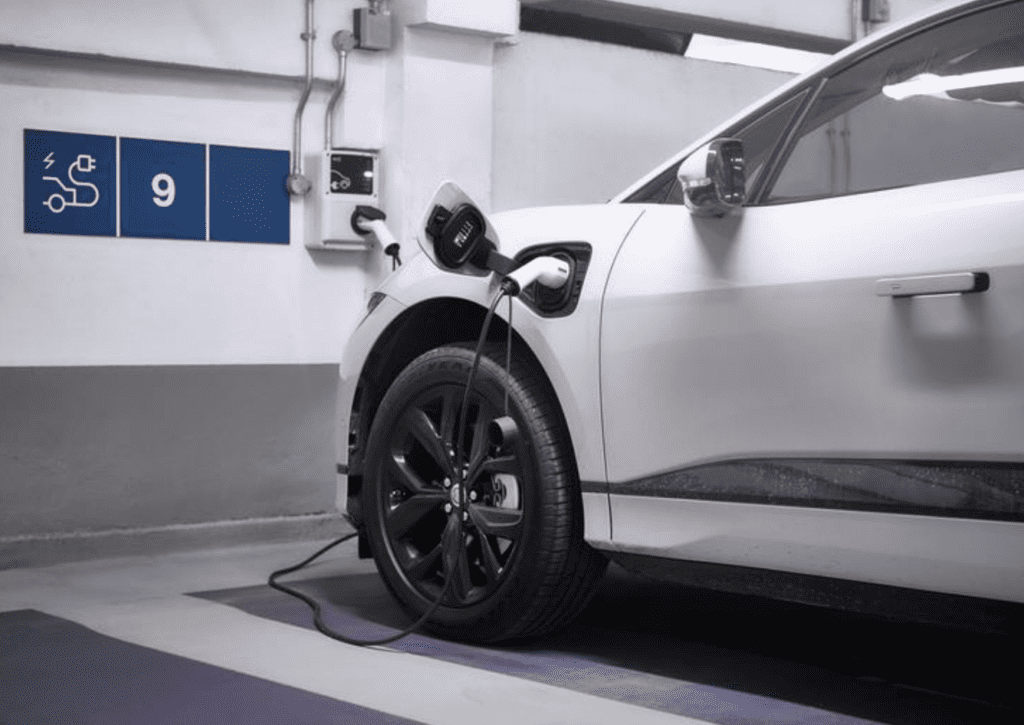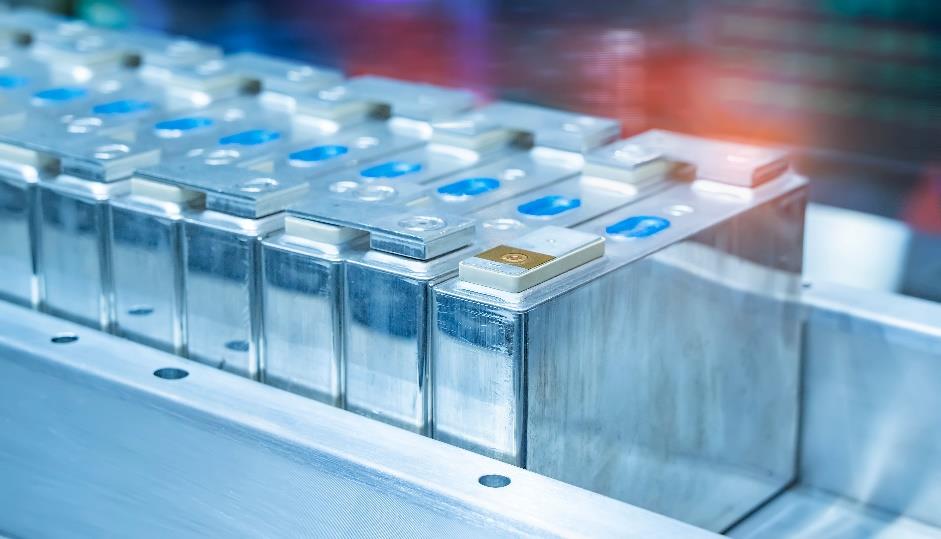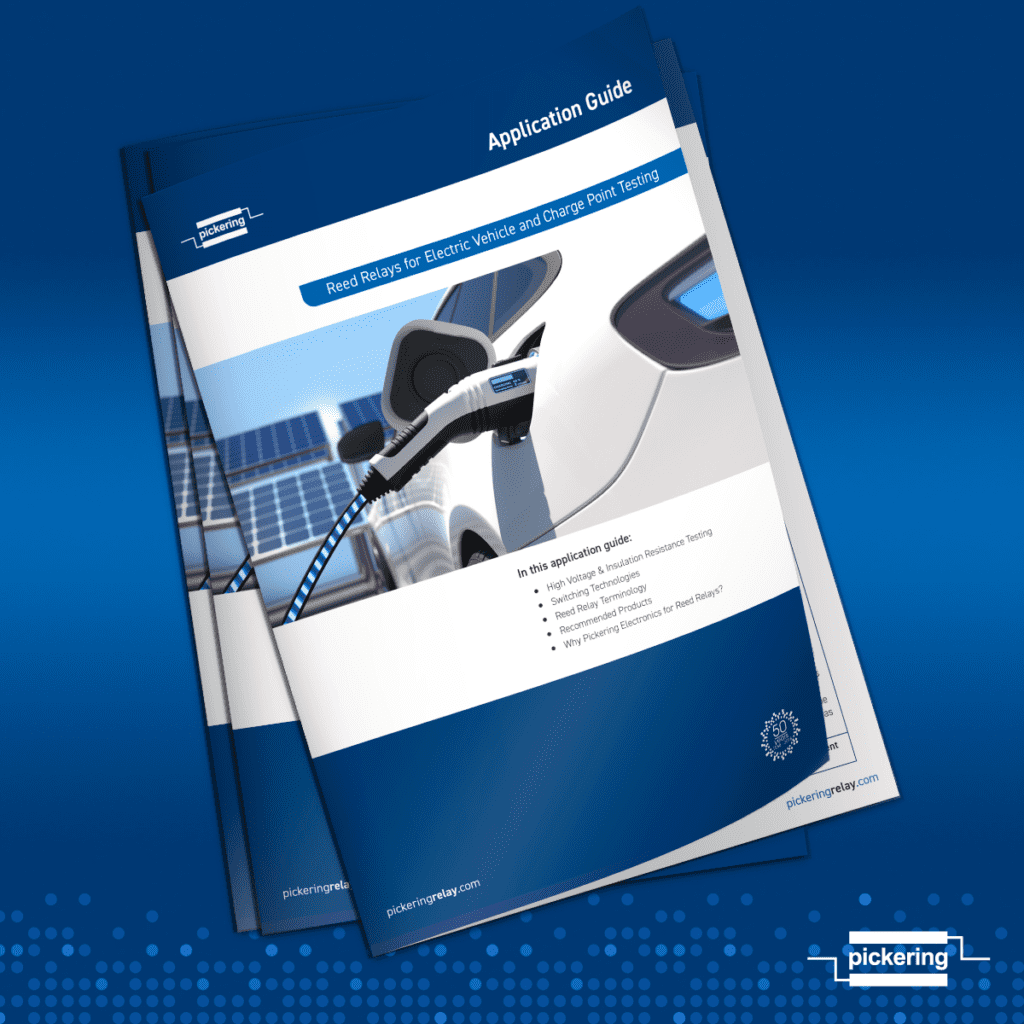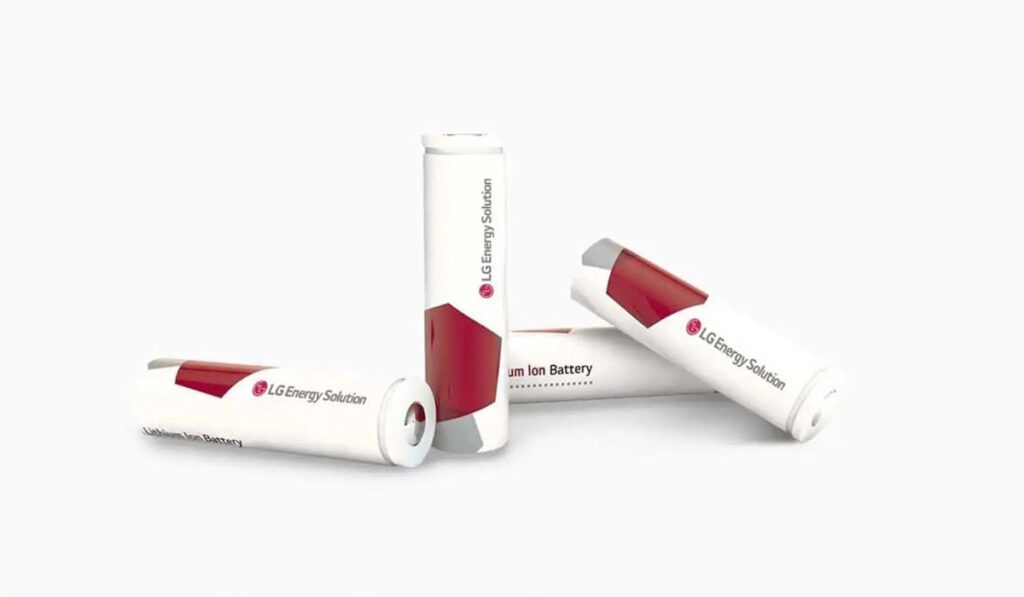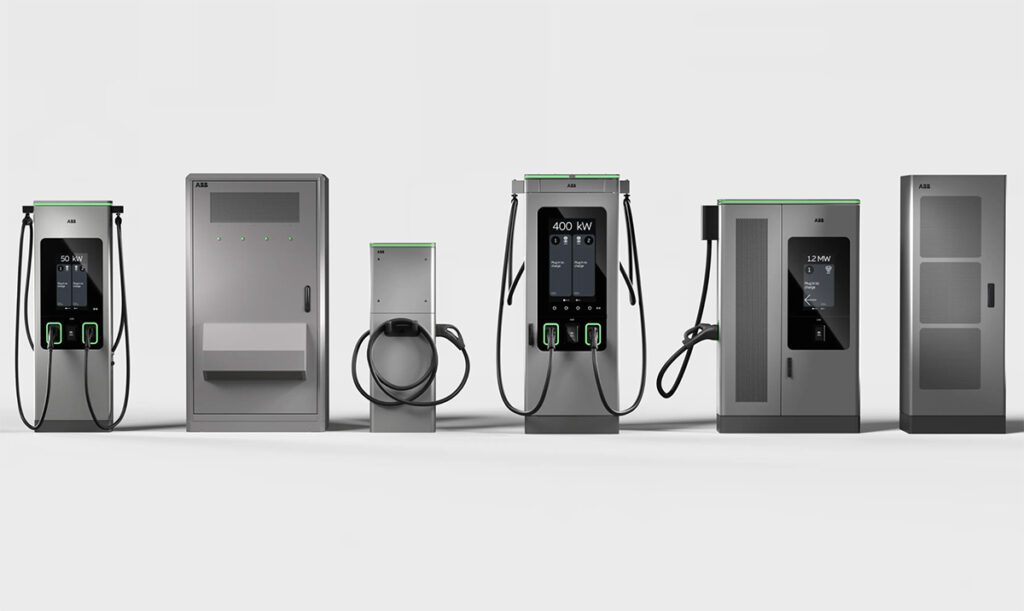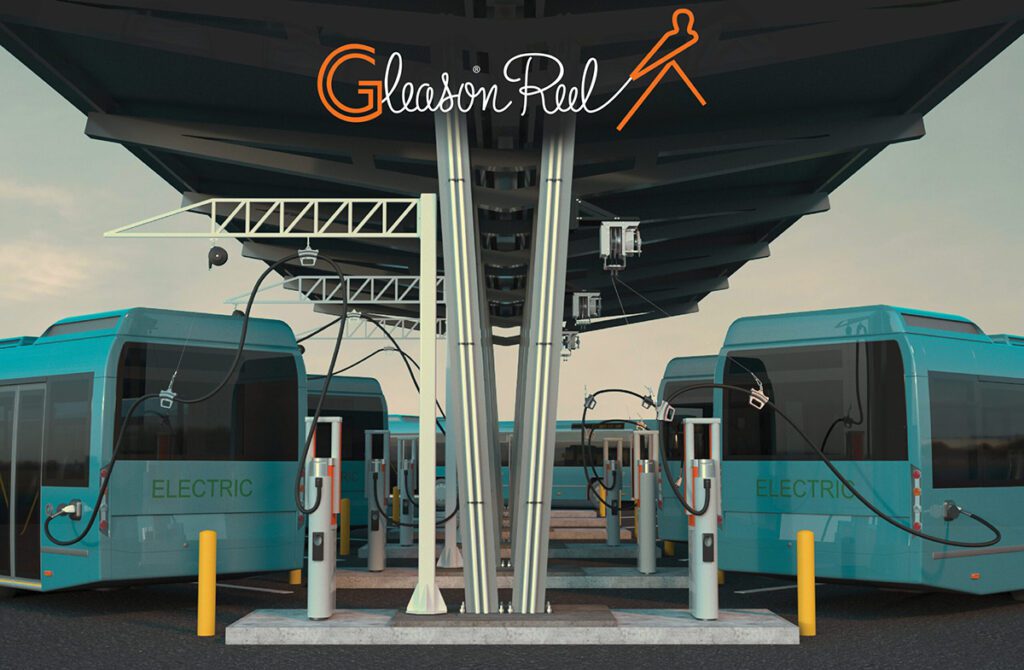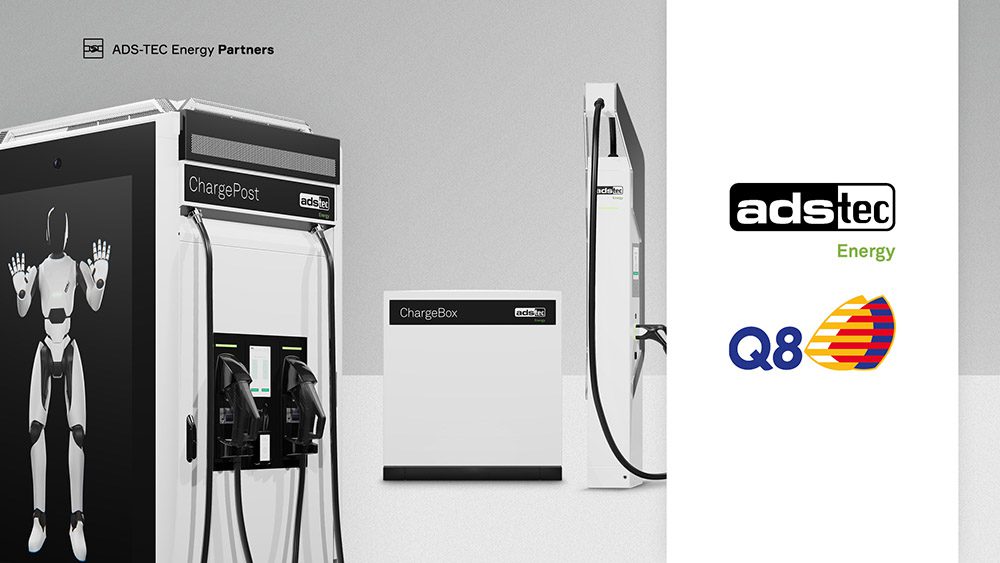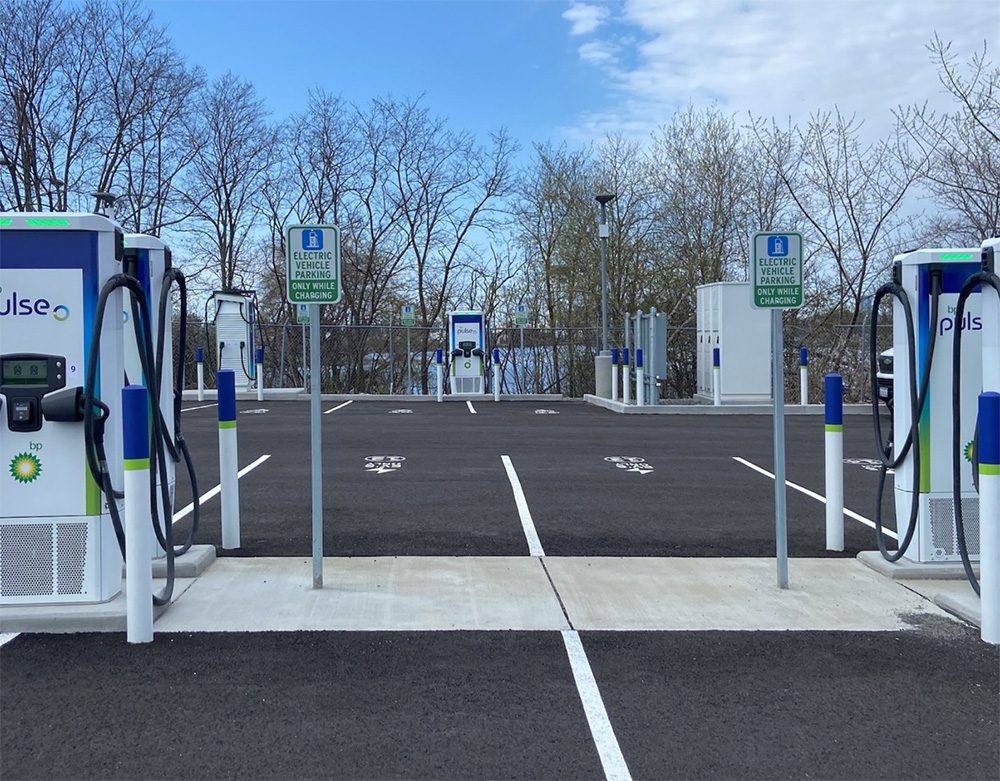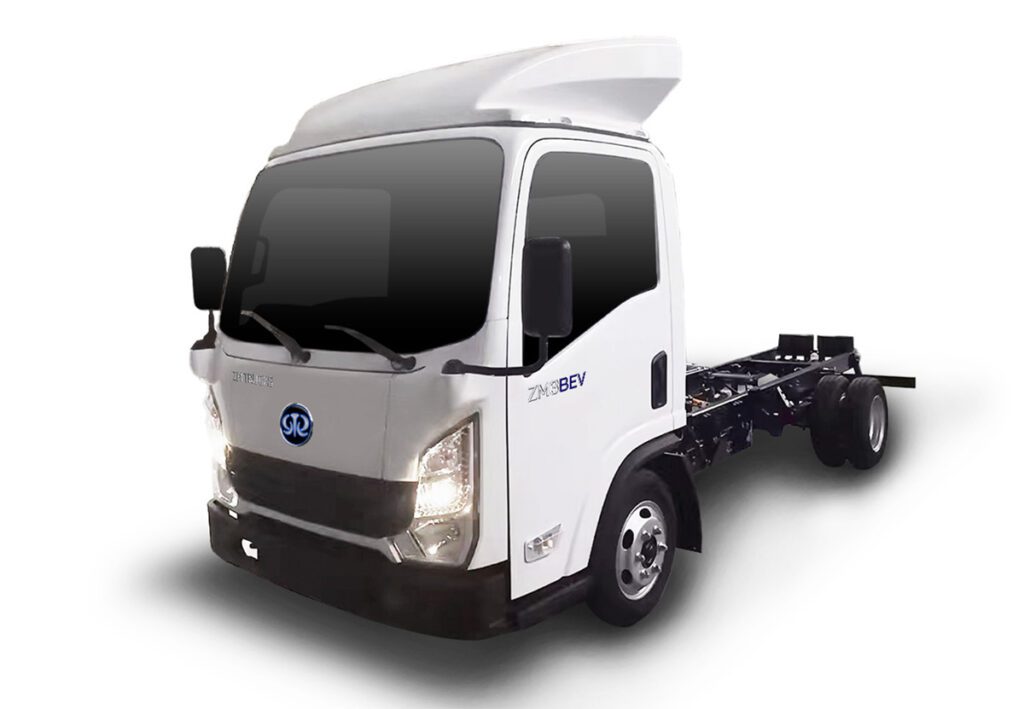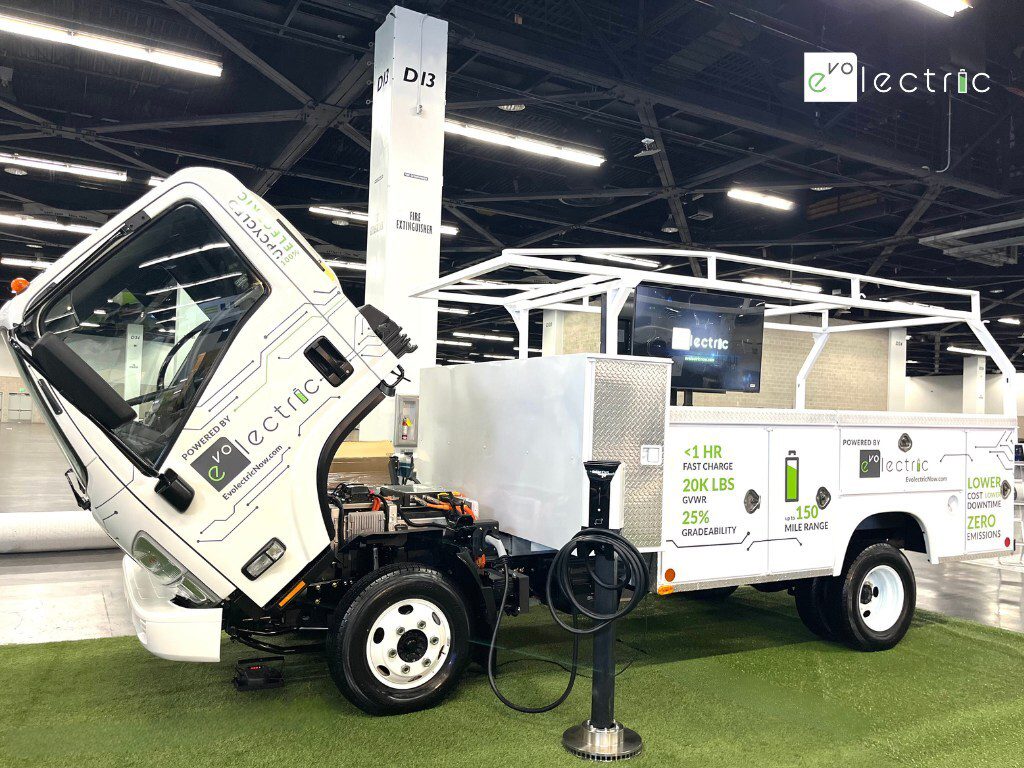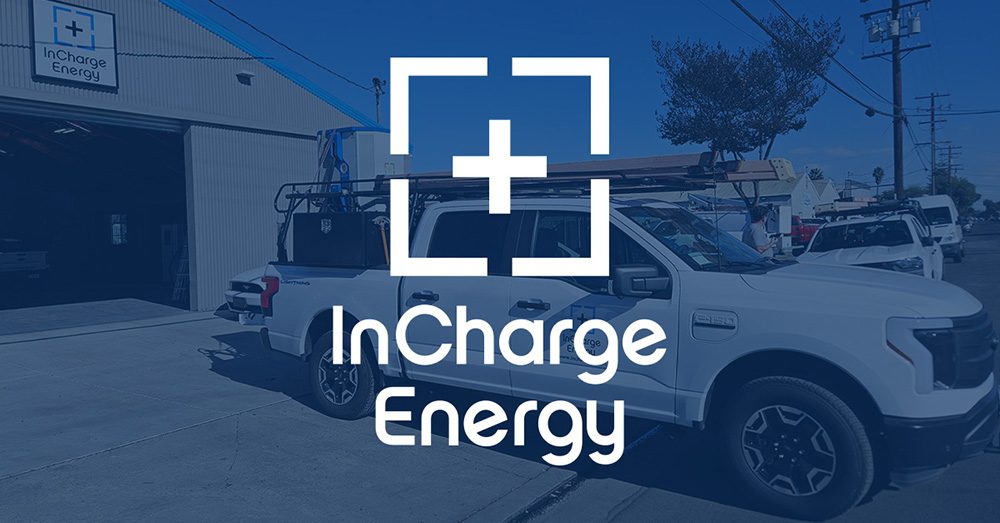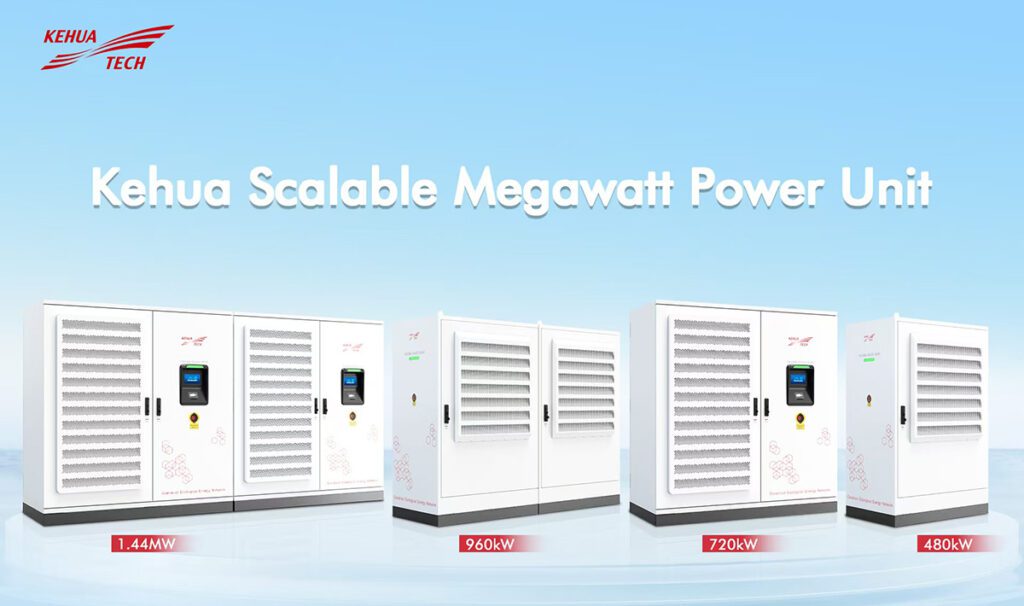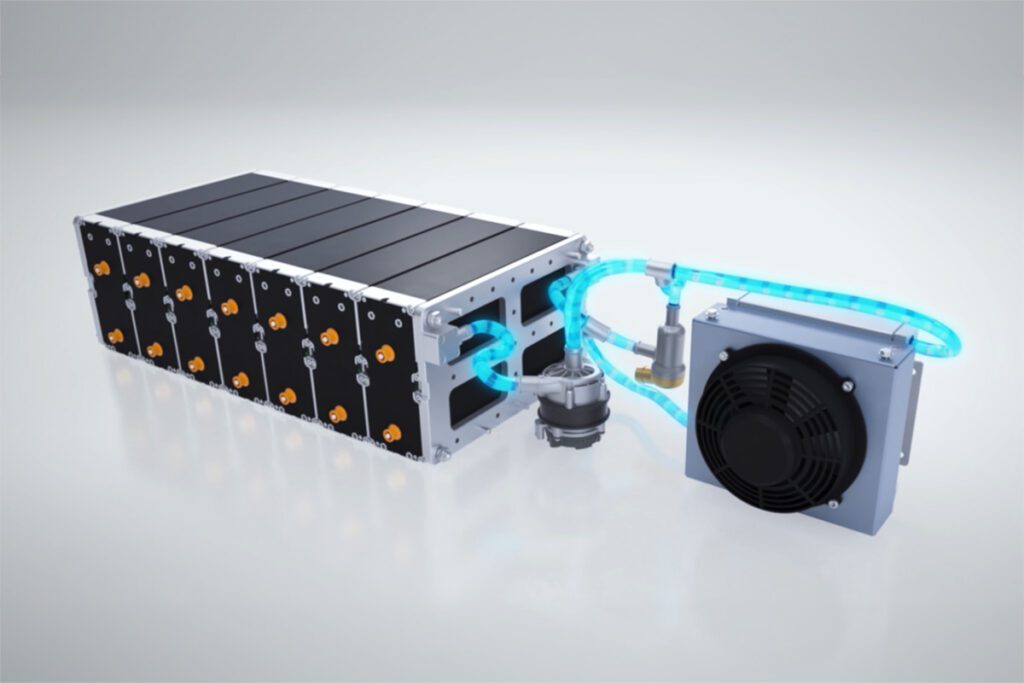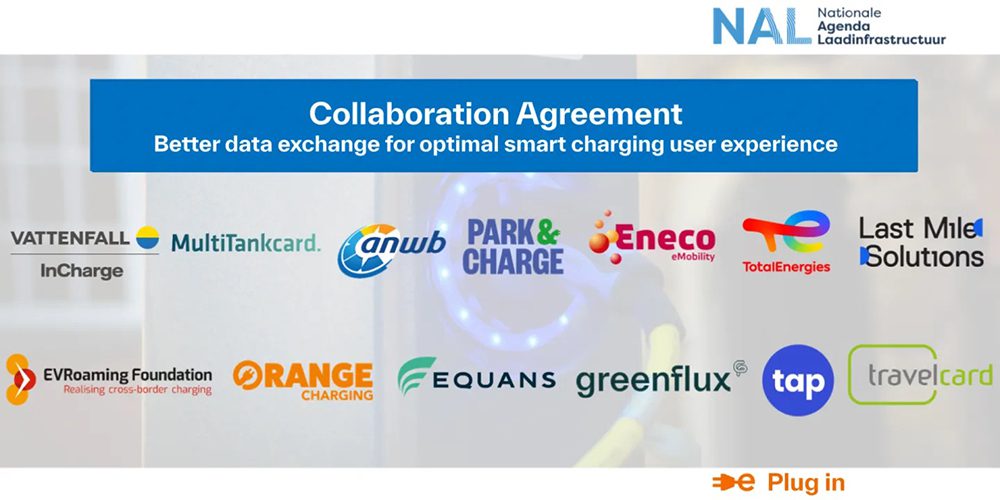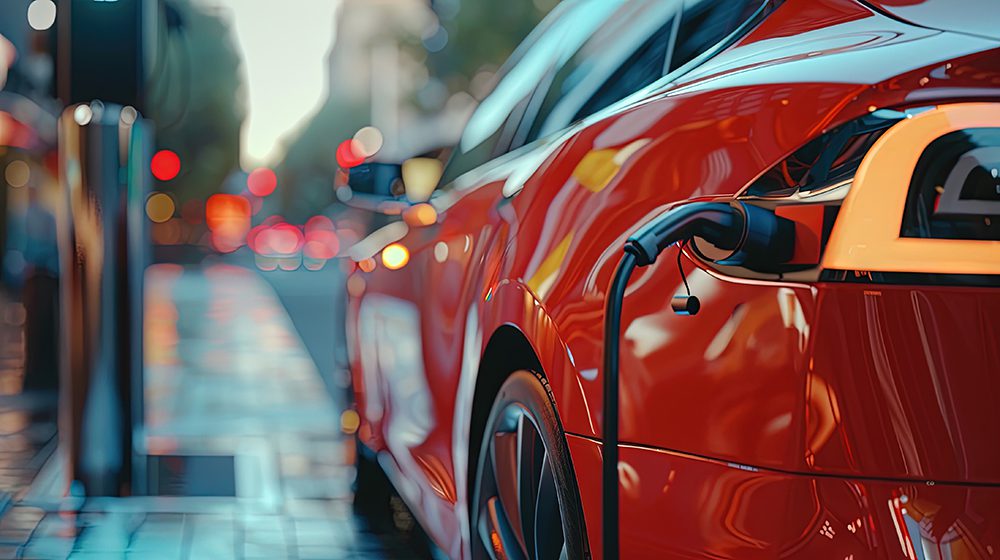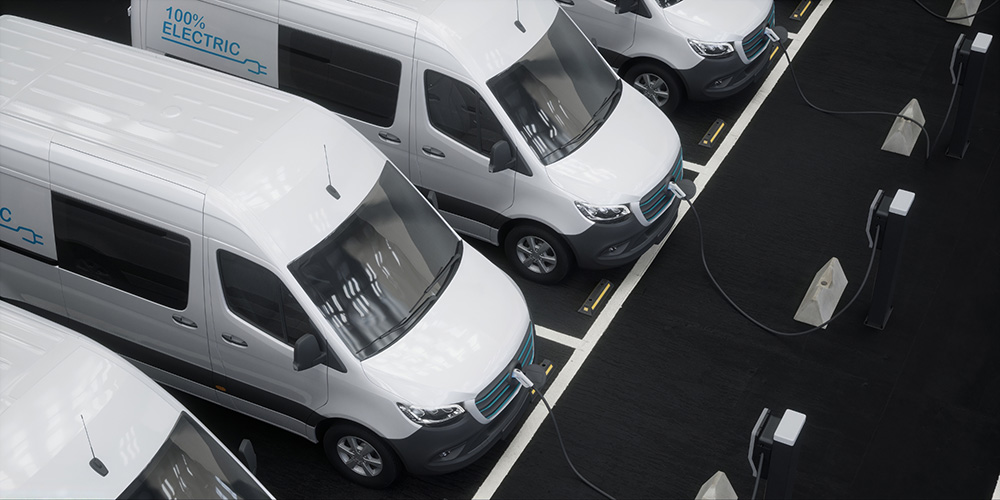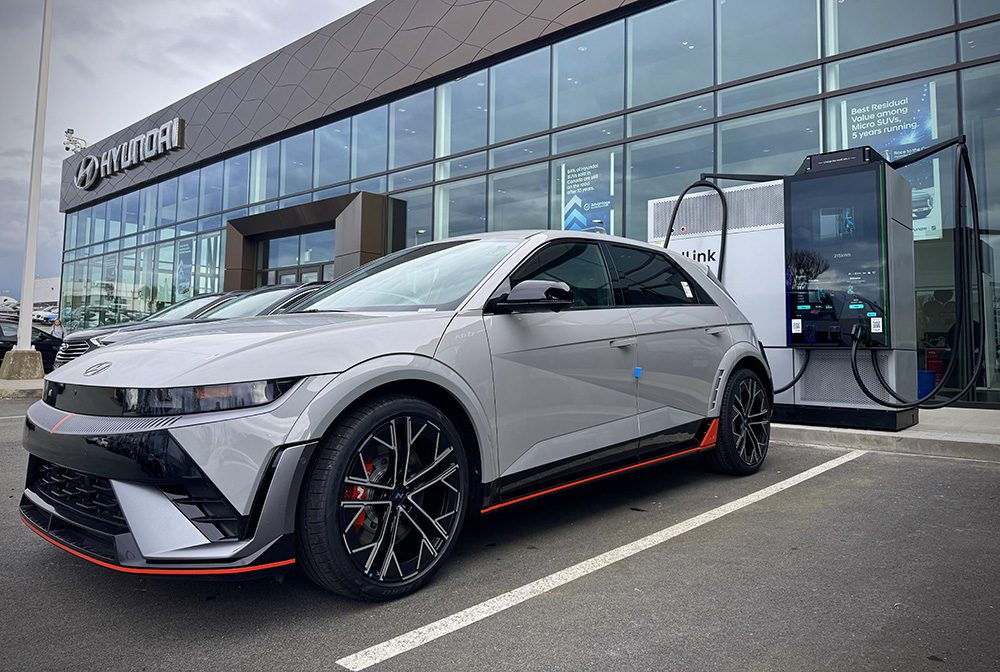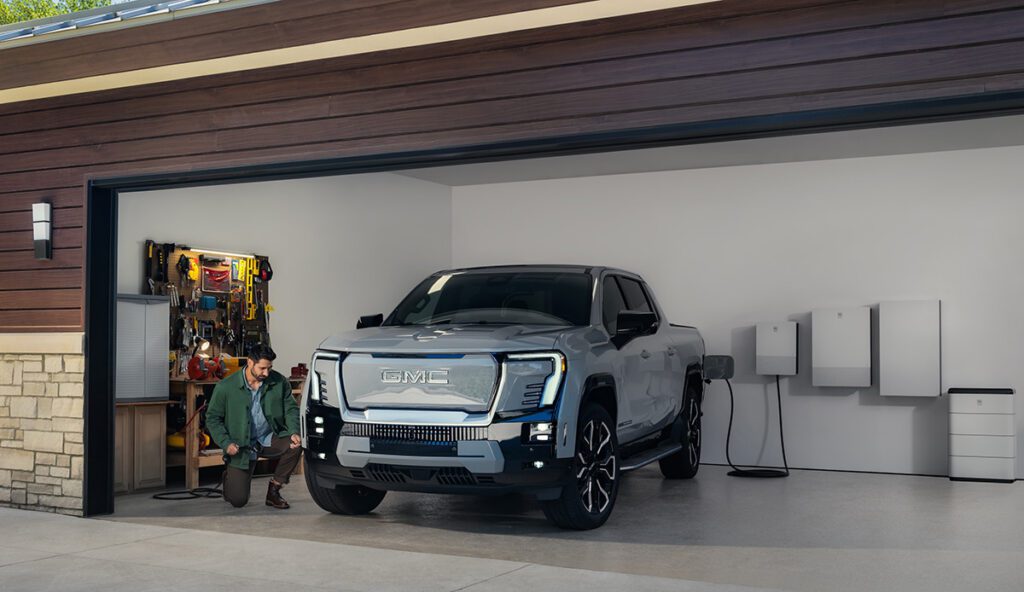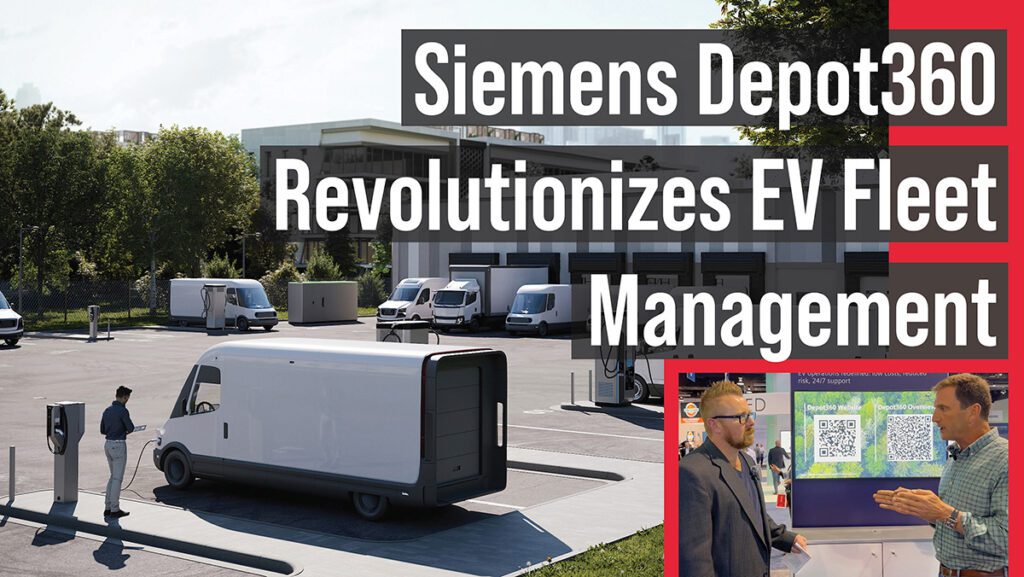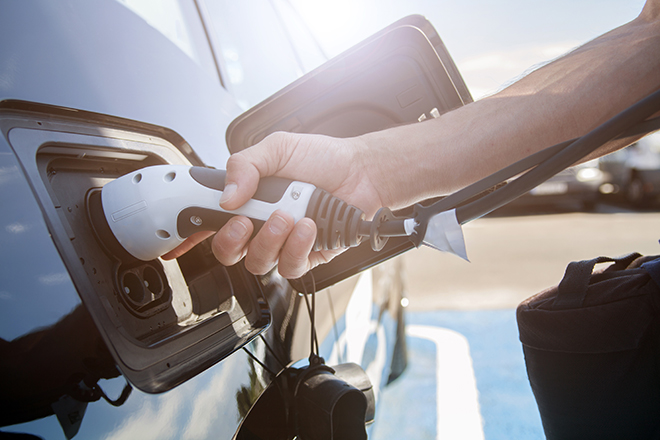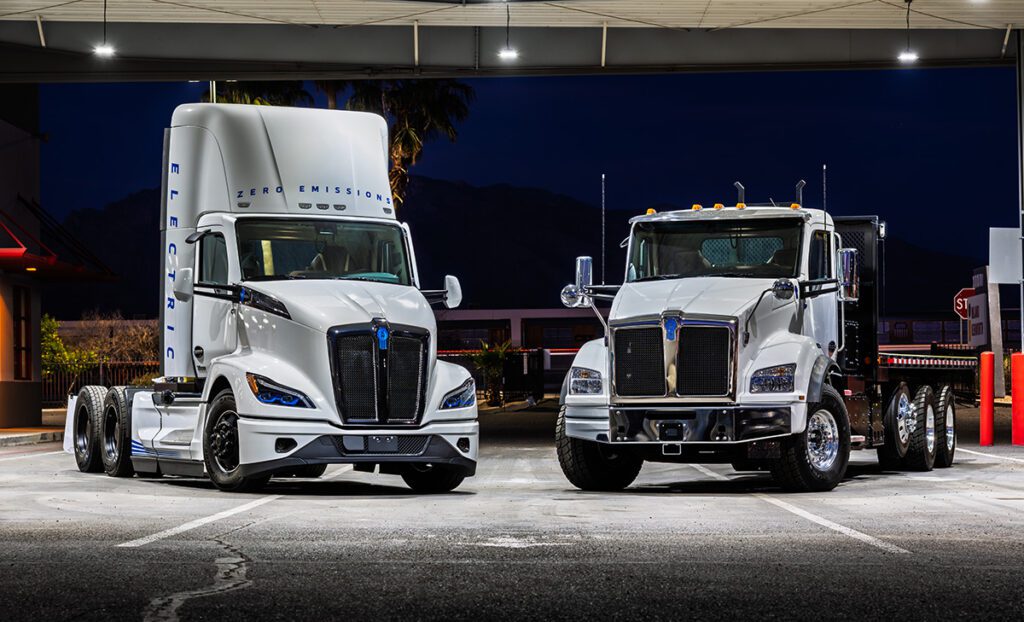Transmission electron microscopy has allowed MIT researchers to directly observe a lithium iron phosphate (LiFePO4) electrode during charging, and they found that, just as suspected, a solid-solution zone (SSZ) forms at the boundary between lithium-rich and lithium-depleted areas, as lithium ions are pulled out of the electrode.
The new findings, which appear in a paper in the journal Nano Letters, help to resolve a puzzle about the promising material: In bulk crystal form, both lithium iron phosphate and iron phosphate (FePO4, which is left behind as lithium ions migrate out of the material during charging) have poor ionic and electrical conductivities. Yet when treated with doping and carbon coating and used as nanoparticles in a battery, the material exhibits an impressively high charging rate.
“We directly observed a metastable random solid solution that may resolve this fundamental problem that has intrigued [materials scientists] for many years,” says co-author Ju Li. Replacing a sharp interface between LiFePO4 and FePO4 that has been shown to contain many additional line defects called “dislocations,” the SSZ serves as a buffer, reducing the number of dislocations that would otherwise move with the electrochemical reaction front. “We don’t see any dislocations,” Li says. This could be important because the generation and storage of dislocations can cause fatigue and limit the cycle life of an electrode.
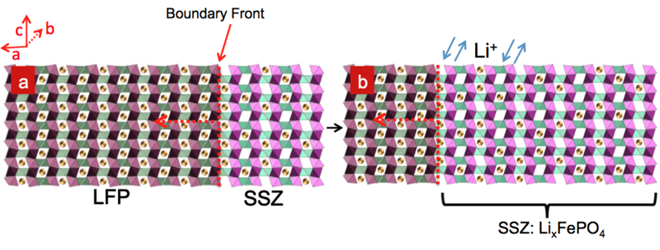
The imaging technique used in this work, developed in 2010 by Li and co-author Akihiro Kushima, makes it possible to observe battery components as they charge and discharge, which can reveal dynamic processes. A better understanding of these dynamic processes could improve the performance of an electrode material by allowing better tuning of its properties, Li says.
Lithium iron phosphate nanoparticles are already used at an industrial scale for lithium-ion batteries, Li explains. “The science is lagging behind the application. It’s already scaled up and quite successful on the market. It’s one of the success stories of nanotechnology.”
“Compared to traditional lithium-ion, lithium iron phosphate is environmentally friendly, and very stable,” says co-author Jun Jie Niu. “But it’s important for this material to be well understood.”
Source: MIT News via Green Car Congress
Illustrations courtesy of ACS, Niu et al






